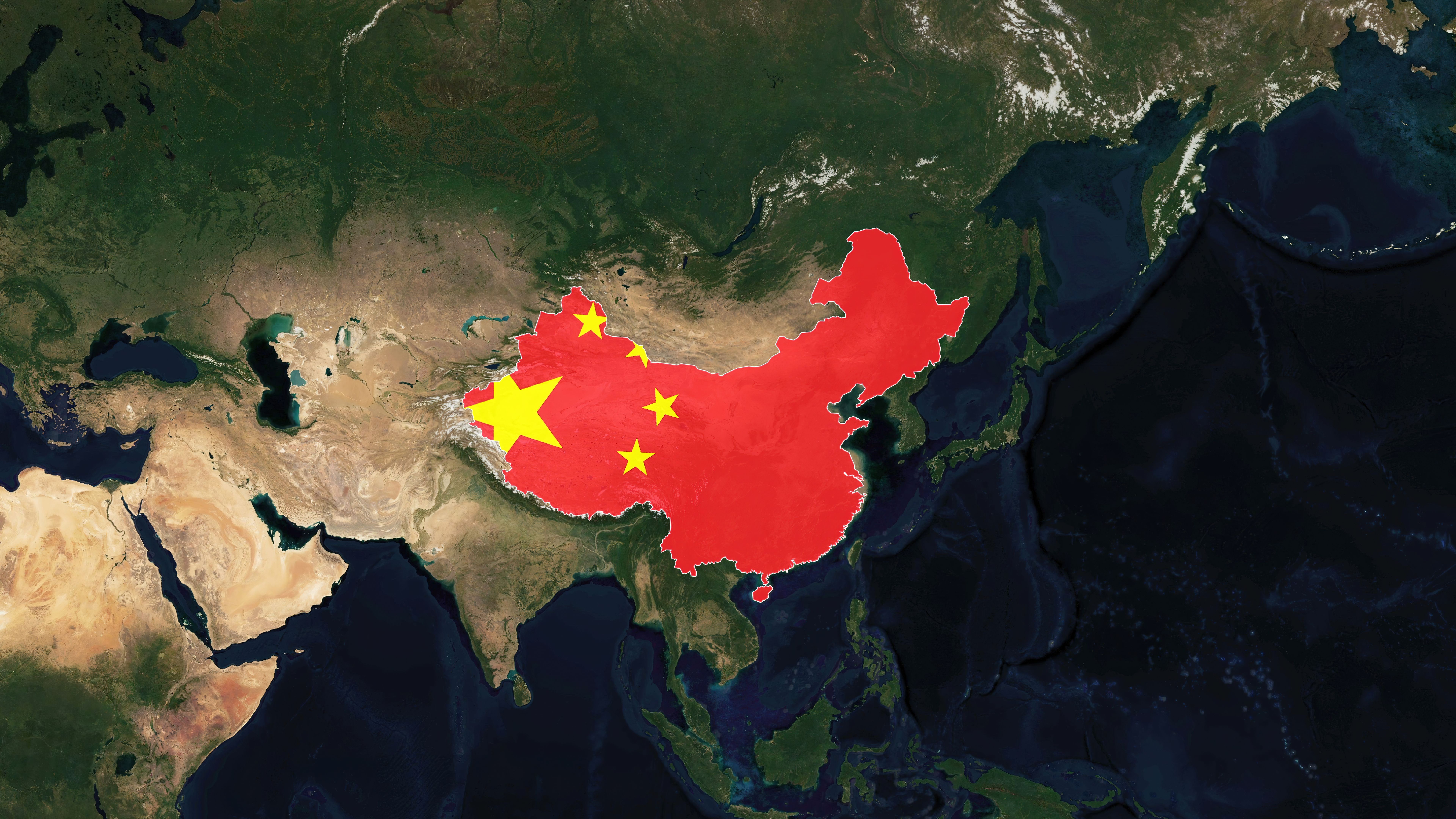The Success of China's Special Economic Zones
Introduction to Special Economic Zones
China's Special Economic Zones (SEZs) have been a cornerstone of the country's rapid economic development since the late 20th century. These zones were created as a means to attract foreign investment, boost exports, and accelerate industrialization. The success of SEZs has been instrumental in transforming China into one of the world's largest economies.

The Genesis of Special Economic Zones
The concept of SEZs was introduced in 1978 when China embarked on its path of economic reform under the leadership of Deng Xiaoping. The first SEZs were established in the coastal cities of Shenzhen, Zhuhai, and Xiamen, as well as the entire province of Hainan. These zones were strategically chosen for their geographic proximity to Hong Kong, Macau, and Taiwan.
These areas were given special policies and flexible governmental measures to facilitate foreign investment and trade. This included tax incentives, reduced tariffs, and simplified bureaucratic procedures, making them attractive to both domestic and international investors.
Key Features of China's SEZs
Several key features have contributed to the success of China's SEZs:
- Incentive Policies: SEZs offer tax breaks, reduced duties, and other financial incentives to attract businesses.
- Infrastructure Development: Rapid development of infrastructure, including transportation and communication networks, has been prioritized.
- Open Market Policies: SEZs allow more flexible market policies compared to other regions in China.

Impact on China's Economy
The establishment of SEZs has had a profound impact on China's economy. Shenzhen, once a small fishing village, has transformed into a bustling metropolis with a population exceeding 12 million. It is now a global hub for technology and innovation. The success of SEZs has not only spurred economic growth but also improved living standards and created millions of jobs.
The zones have been a testing ground for reforms that were later implemented nationwide. The introduction of market-oriented policies in SEZs allowed for experimentation with capitalism within a socialist framework, paving the way for broader economic reforms across China.
Challenges and Criticisms
Despite their success, SEZs have faced criticism and challenges. Issues such as environmental degradation, increased inequality, and labor exploitation have been highlighted by critics. Moreover, the rapid urbanization linked with SEZs has sometimes outpaced infrastructure development, leading to overcrowding and resource strain.

The Future of Special Economic Zones
Looking forward, China continues to expand its SEZ model to other regions and industries. New zones are being developed with a focus on high-tech industries, green energy, and international trade. As China seeks to maintain its economic growth, SEZs will likely play a pivotal role in integrating more advanced technologies and fostering sustainable development.
The success story of China's SEZs offers valuable lessons for other developing countries aiming to stimulate economic growth through targeted policies and strategic geographical advantages.
